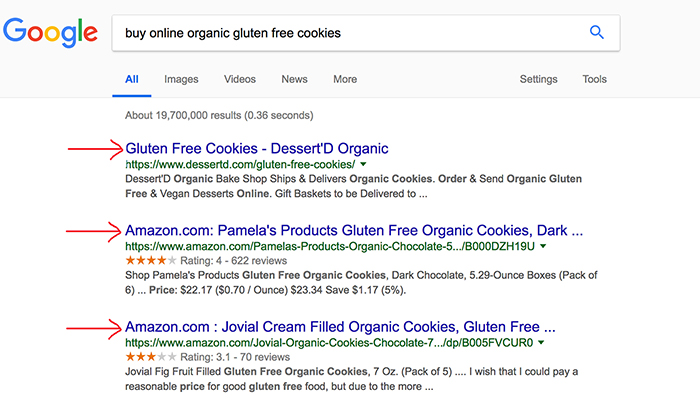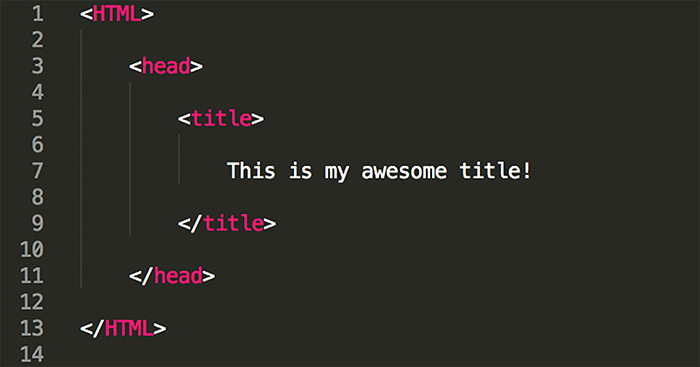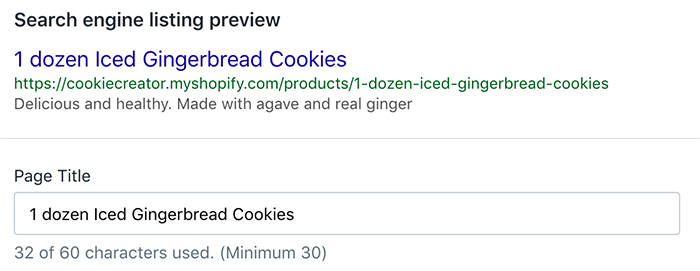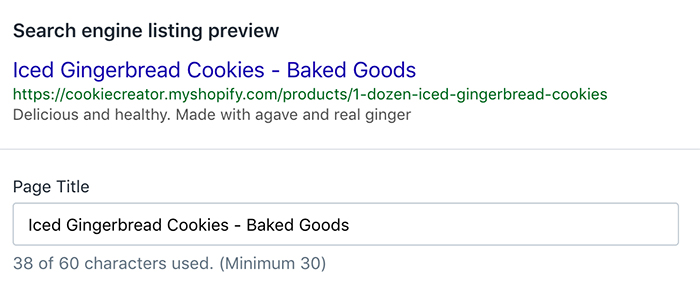Creating a unique page title for each of your products is very important for SEO.
Page titles create a unique headline that is displayed in search results. Secondly, Google uses your page title to understand what you’re selling so they can try and recommend you in search results.
We’ll teach you what page titles are, why they’re important for SEO, and how to write amazing page titles that are optimized for both search engines and online shoppers.
Here are some questions and topics we’ll cover:
- What are Page Titles?
- Are Page Titles & Product Titles the Same?
- Code Example of a Page Title
- Why Are Page Titles Important for SEO?
- How Do I Write an Amazing Page Title?
- Ideal Format
- Examples of Page Titles
Watch our Instructional Video
In this video, we’ll cover what is a page title and why it’s important for SEO. We’ll also cover how you can write a great page title that is both optimized for search engines and people who are browsing the web.
What are Page Titles?
Page titles are clickable headlines in search results. If written properly, they should give visitors a clear picture of what your webpage is all about and entice them to click.
Think of page titles as alternative titles for your products. When we create a unique page title, we’re telling Google “Use this title instead!” in search results.
Keep in mind that page titles don’t appear on your actual webpage. We create page titles as a way to fully optimize how we are shown in search results and to give more clues to search engines about our content.
Google uses this back-end code to:
- Display an alternative headline in search results for you
- Figure out what you’re selling so they can suggest you in search results
Are Page Titles & Product Titles the Same?
Nope 🙂
Your “product title” is the name you give to your product. This is displayed on your actual product page.
A “page title” is the title that will be displayed on search results and doesn’t appear on the page itself.
NOTE: Shopify automatically uses your product name for your page title. By doing this, they are telling Google to just display your product name in search results. The only problem with this approach is it’s duplicate information. It doesn’t tell Google anything new about your product and it hasn’t been re-written to capture the attention of online shoppers.
How it Looks As Code
My page title is “This is my awesome title.” It is sandwiched between two <title></title> title tags. We’re telling Google, “I want the title of my webpage to be this.” No need to worry too much about this, just know that page titles are an HTML element.
Why are Page Titles Important for SEO?
We’ll explore the most important reasons why page titles are great for improving your SEO.
Helps Google Understand What You’re Selling – Page titles provide Google with more information about your webpage which makes them more likely to include your product in search results. Including target keywords in your page title helps Google figure out what you’re trying to rank for.
Page Titles Give Google an Alternative Title to Work With – Creating page titles help you to take advantage of fully optimizing your product pages for various search engines that are trying to match a query. Google appreciates when you give them more to work with.
Alluring Headlines Can Attract More Clicks! – Page titles are displayed as a sort of preview on search engines. So the better your headline looks, the more likely someone might choose your website over all the others. Writing attractive page titles takes a little extra time, but it’s well worth the effort!
Social Media Sharing – When you share your product on social media, it will generate a preview box along with an image. The text shown in this preview box is being taken straight from your page title.
Page Tags Are Viewable On Computer Tabs – The text you choose for your page title will appear on the computer tab for that specific webpage.

The preview box on Facebook will display your page title
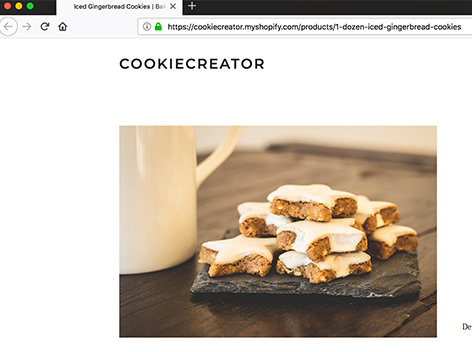
Computer tabs display the text in your page title
How Do I Write Amazing Page Titles?
We’ll teach you how to write amazing page tags that attract attention from both search engines and customers alike.
Here are some basic guidelines to follow when writing page titles.
#1 Write a Minimum of At Least 30 Characters
Don’t write super short page titles that say nothing about your products. Make sure they’re very descriptive. This is your chance to write some details about your product that make it seem alluring to customers. Being specific can especially help you are selling a niche product. Is your page title boring?
#2 Don’t Go Over The 60 Character Limit
You don’t want to write too much or else your words will get truncated in search results! Page titles should have a minimum length of 30 characters and a max of 60 characters. Make sure to preview how your title will appear in search results to see that the words aren’t getting cut off at the end.
#3 Pay Attention to Your Pixel Width
Google has a pixel width limit of 575 pixels which is the equivalent of 60 characters. Even if you are under the 60 character limit, your words or letters might still get cut off. Some letters (such as CAPS) take up more space so you’ll want to be extra careful with this! We recommend previewing your page title to make sure all of your words are fully displaying. If you notice words getting off with the (…) at the end, that’s because you went over the 575 maximum pixel width limit!
#4 Sprinkle in 1-2 Keywords
You’ll want to include relevant, well-researched keywords in your page title. One primary keyword and a secondary keyword. Think about what people might be searching for when they’re looking for a similar product. Just make sure not to appear spammy by doing something called “keyword stuffing.” (see Rule #10)
#5 Keywords Go in The Front
As a basic rule of thumb, you’ll want to make your keyword the first or second word in your page title. This shows search engines that this word carries more weight and is the most important. Most online shoppers quickly scan search results (without reading the entire headline) so you’ll want to make the most impact with the beginning of your headline.
#6 Write Something That Makes Sense to Humans
Keep your customer in mind when writing page titles. You want it to make sense. You want it to be easy to understand and 100% readable. Remember that meta titles are not solely for search engines, they’re for people too! No one wants to read a bunch of rubbish that makes no sense.
#7 Don’t Copy & Paste
Don’t copy and paste the same page title for many different pages. What you’re telling Google is that all of these pages are the same. You’ll want to write unique page titles for each of your webpages which shows search engines that each page is different. Duplicate content looks odd to Google and they’ll be more likely to think you have a low quality website. High quality websites have unique content for every page.
#8 Place Your Brand Name at the End
Placing your brand in your page title is a great way to differentiate your products from the competition (especially if your company is well known). If you do decide to use your brand name, it should go at the end of your page title.
Death Wish Coffee has a reputation for being the strongest coffee in the world. It makes sense that they would include their brand name on their products because people are going to be looking for that specific brand of coffee.
#9 DON’T SCREAM!
Basically you’ll want to avoid writing in all caps because you’re essentially screaming at potential customers. Most importantly, writing in all caps takes up more pixel width space on the page which limits the amount of words that will display. We recommend capitalizing the first letter of each word.
#10 Never Keyword Stuff
Keyword stuffing is when you use too many keywords one after the other which looks suspicious to search engines. If you “keyword stuff” your page title, Google will assume that your site is spammy or low quality. If this happens, Google can choose to re-write your entire headline and display what they want.
An example of keyword stuffing: “Best t-shirt, discount t-shirts, cute t-shirts, buy Girly T-shirts”
What is the Ideal Format?
We recommend following this optimal format when creating page titles because it makes sense to both search engines and customers.
Shoppers should be able to quickly glance at your headline and understand exactly what you’re selling.
Format: Product name (with keywords) | Collection Type (secondary keywords) | Brand (your company name)
Example: Pink Pearl Necklace 14K Gold | Wedding Gifts | Tom’s Gem Shop
Weak Page Title
In this first example, we haven’t changed our page title at all so it’s exactly the same as our product name. Having duplicate data is not ideal because this tells Google that you’re not willing to put in the work. This page title is weak because our keyword “gingerbread cookies” has been placed at the end, but it should be placed in the front. How can we improve this?
Pretty Good Page Title
We moved our keyword to the front which is exactly what you want to do. We also added the secondary keyword “Baked Goods” which tells Google that we are selling baked goods. Providing a category name makes the search result look more appealing to customers. It’s concise and to the point. How can we make this even better?
Amazing Page Title
This is an example of an amazing page title that follows our ideal format of providing a product name (which should also be your primary keyword) at the front, then your category or collection (which should act as your secondary keyword), and then your brand name. This page title offers a lot more information to our customers and search engines, while also being completely readable.
Page Titles Examples
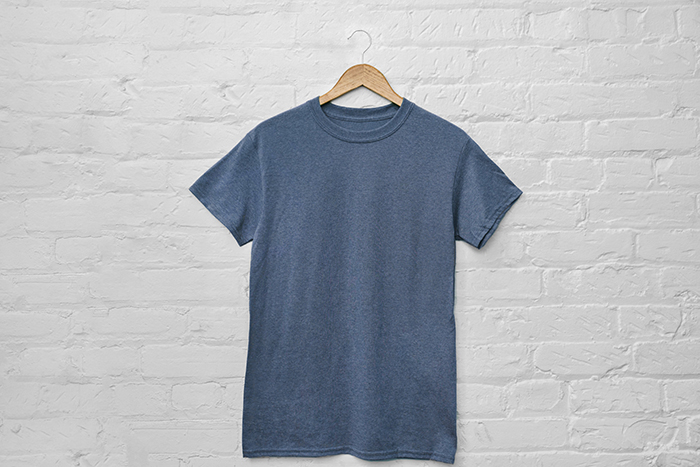
Product Title: Men’s Blue T-Shirt – Eco Cotton
Page Title: Blue T-Shirt 100% Eco-Cotton | Men’s Clothing | Indie Store

Product Title (Product Name): Chakra Zen Bracelet
Page Title (Alternative Title): Chakra Bracelet Red Jasper Energy | Zen Jewelry | Yoga Barn

Product Title (Product Name): Girl’s Baby Shoes – Pink & Grey
Page Title (Alternative Title): Baby Girl Shoes Pink & Grey | Toddler Shoes | Miss Sunshine
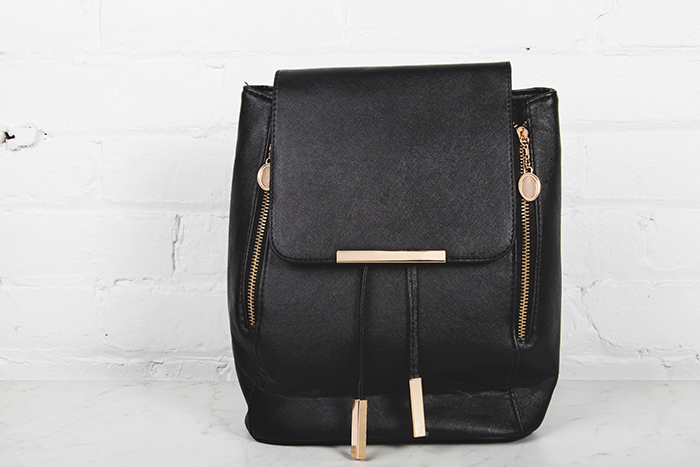
Product Title (Product Name): Black Leather Tote Bag
Page Title (Alternative Title): Black Leather Tote Bag | Purses & Backpacks | Sharon’s Bags
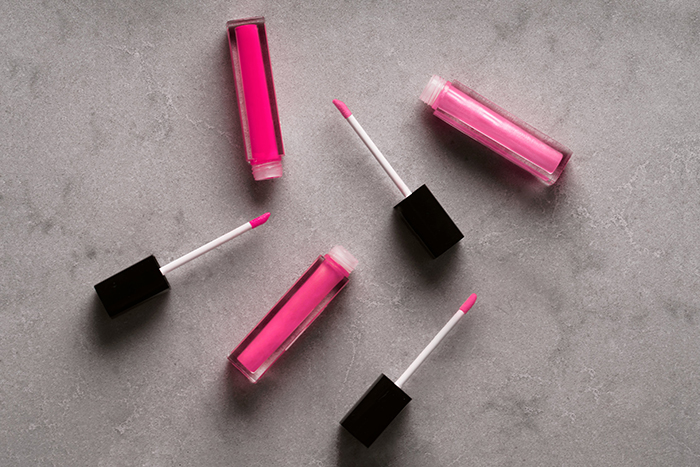
Product Title (Product Name): Pink Lip gloss – No Smear Edition
Page Title (Alternative Title): Pink Lip Gloss No Smear! | Women’s Makeup | BowTie Cosmetics
Why did Google Re-write My Page Title?
A page title is merely a suggestion to search engines. You are suggesting that Google use the page title you wrote to be displayed in search results. However, Google might choose to not use your page title. Instead, they’ll look at the content of your page and choose to come up with their own headline for your page and display this in search results. Here are the most common reasons why Google rewrote your page title.
Google Is Throwing you a Bone!
Sometimes Google can actually be trying to help you out when they re-write your page titles. If someone is searching for something that your store sells, and Google sees a product on your store that looks relevant, Google can recommend that product to that person.
However, if the page title of your product is called something unrelated to what that person was searching for, Google can decide to re-do your page title so the person might be more likely to click on your website. Don’t worry, your product name remains the same on your actual page.
Are you guilty of over-optimizing?
You might have “keyword stuffed” your page title and Google refuses to use this title.
This is very bad and you’ll want to fix this right away. Try re-working your page title so that it only uses your primary keyword once.
Check your Social Media Meta Tags
Social media meta tags can overrule your page title and display a different title than you were expecting. Check and see what is listed on your social media meta tags (for the title) and change them accordingly.
How do I Optimize My Page Titles Using Get Clicked?
Get Clicked allows you to edit each and every page title for any page on your website. On the dashboard, click on ‘Product Insights,’ and then click on any product that would like to optimize.
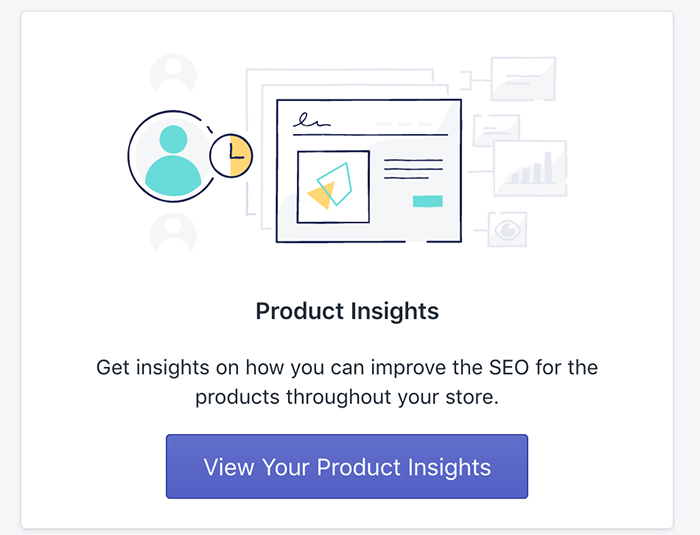
Our App Detects SEO Problems With Your Page Title
On the individual product page, our app will alert you if your page title is:
- missing
- under the recommended character length (less than 30 characters)
- or over the maximum character length (over 60 characters)
If the page title text box is highlighted in red, you’ll need to edit your page title (until this goes away), and then click ‘Save.’

Our App Guides You on How Many Characters To Write
If your page title is within the recommended 30-60 character range, you’re good to go! If you want to edit the way it looks, simply type in some new text, preview it to see how it might appear in search results, and then once you’re happy with it, just click ‘Save.’
![]()
Summary
Thanks for reading our beginners guide to Page titles. I hope you have a better understanding of how you can optimize your headlines in search results to attract more customers. We love helping our customers learn new things because (as cheesy as this might sound) we really believe in you!
If you still have a question, feel free to send us an email and we promise to help you out! 🙂
Shopify Success Newsletter
Don't miss out on the best tips and guides for Shopify sellers!


